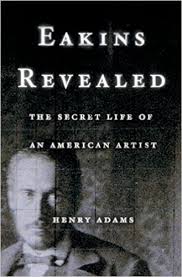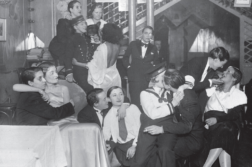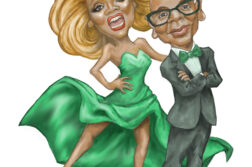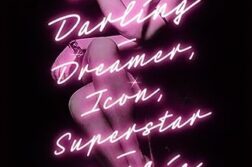Published in: September-October 2005 issue.
 Eakins Revealed: The Secret Life of an American Artist
Eakins Revealed: The Secret Life of an American Artist
by Henry Adams
Oxford Univ. Press. 583 pages, $40.
IN 1890, Weda Cook, a 23-year-old singer, posed for the Philadelphia artist Thomas Eakins. Cook later reflected that the painter had inspired in her “love and fear.” The same emotions haunted Eakins. Eakins Revealed, easily the most provocative book ever written about Thomas Eakins, shows how thoroughly love and fear of the body shaped Eakins’ work.
No other American artist has been more familiar with the human body.






